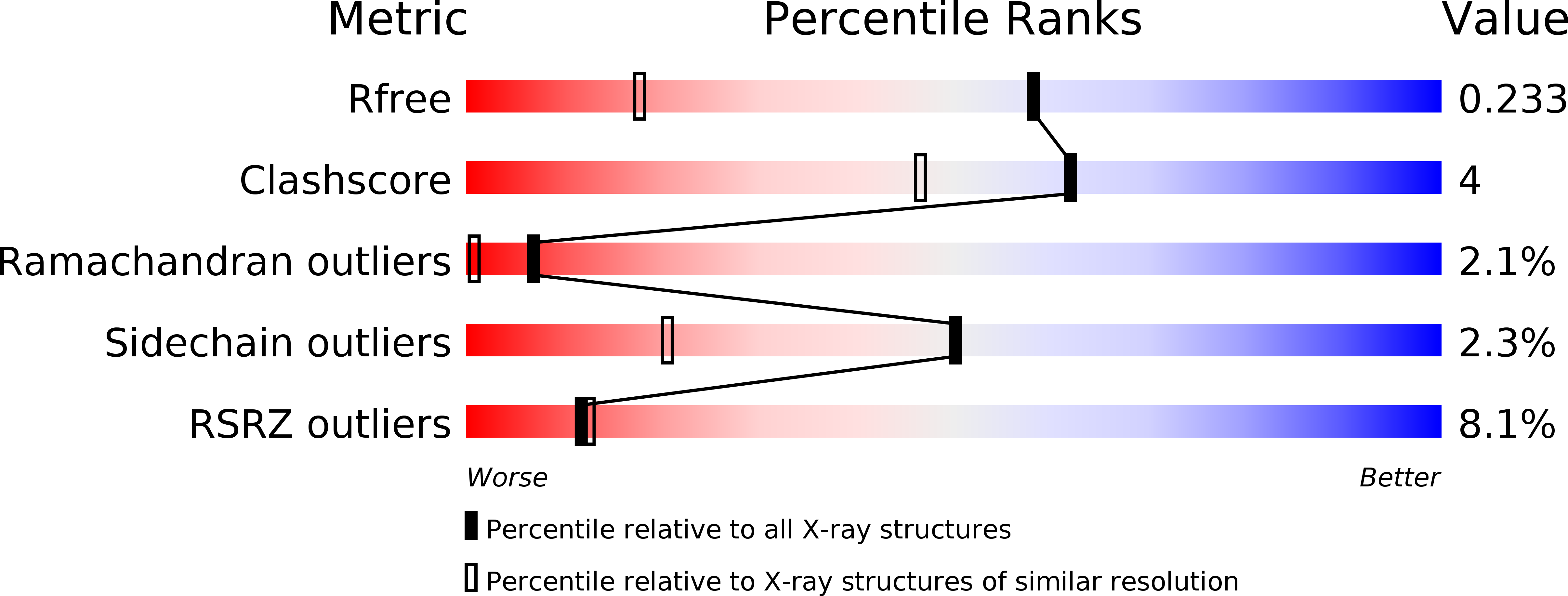
Deposition Date
2018-01-12
Release Date
2019-01-23
Last Version Date
2024-03-13
Entry Detail
PDB ID:
6C4S
Keywords:
Title:
Human cSrc SH3 Domain in complex with Choline Kinase fragment 60-69
Biological Source:
Source Organism:
Homo sapiens (Taxon ID: 9606)
Host Organism:
Method Details:
Experimental Method:
Resolution:
1.50 Å
R-Value Free:
0.22
R-Value Work:
0.18
R-Value Observed:
0.18
Space Group:
P 1 21 1


